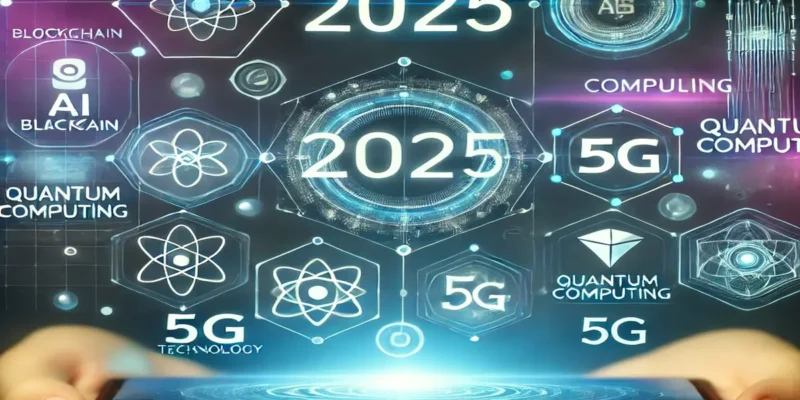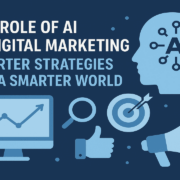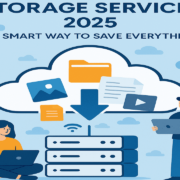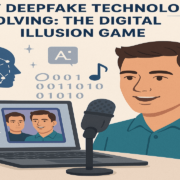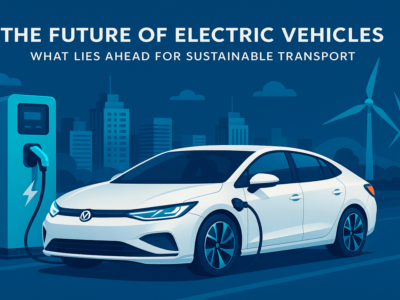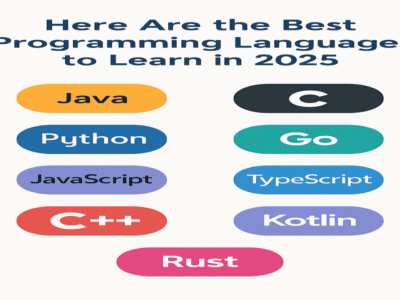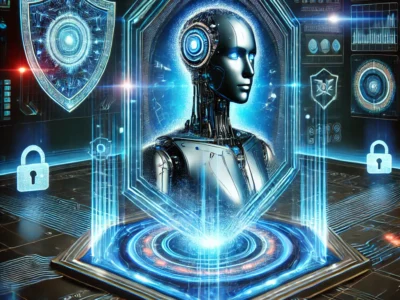As we move further into 2025, the world of technology is racing ahead at an astonishing pace. Innovations that once seemed like science fiction are now becoming part of our everyday lives. From artificial intelligence and virtual reality to smart home devices and blockchain, these technological advancements are reshaping how we live, work, and interact.
But what does all this mean for the average consumer? Let’s dive into the top tech trends in 2025 and explore how they are set to transform our experiences in the years to come.
The Rise of Artificial Intelligence and Machine Learning
Artificial intelligence (AI) and machine learning continue to dominate the tech landscape in 2025. These technologies are no longer confined to research labs or niche applications. Instead, they have become mainstream, enhancing everything from healthcare and education to entertainment and finance.
AI-driven personal assistants are becoming more intuitive, providing consumers with seamless, personalized experiences. Companies are also leveraging machine learning algorithms to enhance predictive analytics, helping businesses make smarter decisions and deliver customized solutions to their audiences. Additionally, generative AI is playing a crucial role in content creation, designing marketing materials, writing articles, and even creating art.
With AI tools becoming more accessible, consumers are enjoying smarter devices, improved customer service, and more efficient daily routines. However, this rapid adoption also raises concerns about privacy, data security, and ethical AI use. As AI continues to evolve, finding the right balance between convenience and ethical practices remains a pressing challenge.
The Growth of the Metaverse and Virtual Reality
The metaverse has moved from a futuristic concept to a tangible reality, with major companies investing heavily in virtual worlds and immersive experiences. In 2025, virtual reality (VR) and augmented reality (AR) are no longer limited to gaming; they have found their way into education, workspaces, social interactions, and even shopping.
Consumers can now attend concerts, explore art galleries, or shop for products in virtual environments that offer unprecedented realism and interactivity. Brands are capitalizing on this trend by creating digital storefronts and hosting live events within the metaverse.
Furthermore, advancements in VR hardware are making devices more affordable and user-friendly, expanding access to these immersive experiences. As the metaverse continues to grow, the line between the physical and digital worlds is becoming increasingly blurred.
Enhanced Connectivity through 5G and Beyond
The rollout of 5G technology has been a game-changer for consumers, offering faster internet speeds, lower latency, and improved reliability. But in 2025, the tech world is already looking beyond 5G. Researchers and companies are exploring the possibilities of 6G, which promises to deliver even more impressive connectivity standards.
For consumers, enhanced connectivity means smoother streaming, quicker downloads, and improved access to cloud-based services. It also facilitates advancements in smart cities, autonomous vehicles, and remote work capabilities. With more devices connected than ever before, the Internet of Things (IoT) is thriving, providing consumers with greater convenience and control over their daily lives.
However, as connectivity improves, so do concerns about data privacy and cybersecurity. Striking a balance between convenience and protection will be critical as we continue to rely more heavily on interconnected devices.
Smart Home Innovations
Smart home technology has become an integral part of everyday life for many consumers in 2025. Devices like voice-controlled assistants, smart thermostats, and connected appliances have transformed how we manage our homes.
But the trend doesn’t stop there. Companies are now focusing on creating ecosystems of smart devices that work seamlessly together. From security systems that can be monitored remotely to kitchen appliances that suggest recipes based on what’s in your fridge, the possibilities are endless.
Moreover, sustainability is becoming a key consideration, with energy-efficient devices and smart grids helping consumers reduce their carbon footprints. As smart homes become more sophisticated, convenience and eco-friendliness are emerging as central themes.
The Evolution of Wearable Technology
Wearable technology has evolved well beyond simple fitness trackers. In 2025, consumers are embracing smartwatches, augmented reality glasses, and even smart clothing designed to monitor health metrics, enhance productivity, and provide real-time information.
Healthcare wearables are particularly popular, enabling users to track their health with greater precision and share data with medical professionals for personalized care. Meanwhile, advancements in battery life and device integration are making wearables more practical and appealing.
As this trend continues to grow, we can expect wearables to play an even more significant role in our daily routines, helping us stay connected, healthy, and informed.
Sustainable Tech Solutions
Sustainability is no longer just a buzzword; it’s a necessity. In 2025, technology companies are making serious efforts to reduce their environmental impact. From energy-efficient devices to blockchain applications for supply chain transparency, eco-friendly tech solutions are on the rise.
Consumers are increasingly demanding products that prioritize sustainability, whether it’s through recyclable materials, renewable energy sources, or reduced carbon footprints. This shift is pushing companies to innovate in ways that align technology with the principles of environmental responsibility.
Blockchain and Web3 Innovations
Blockchain technology continues to evolve, moving beyond cryptocurrency to find applications in various industries. In 2025, Web3 platforms are gaining traction, offering decentralized applications (dApps) that prioritize user privacy, security, and ownership.
From digital identity management to supply chain tracking, blockchain is being used to enhance transparency and security. Consumers are benefiting from these advancements through safer online transactions, decentralized finance (DeFi), and more control over their digital identities.
On the Ending Note
The Top Tech Trends in 2025 are reshaping our world in ways we could only dream of a few years ago. As artificial intelligence, smart homes, wearable technology, and blockchain continue to advance, consumers are at the forefront of these exciting changes.
But with innovation comes responsibility. Finding the right balance between convenience, privacy, and sustainability will be essential as we move forward. Are you ready to embrace the future of technology?

